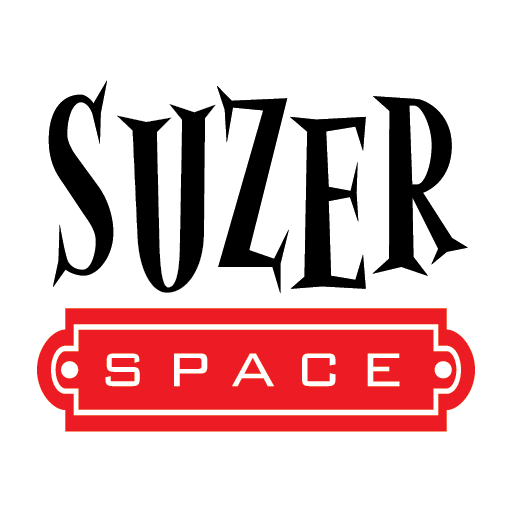But I made myself quit buying them a few years back, because it turns out I do not like to use them.
In reality, I really need one. I need a place to keep all my little notes and projects and cool quotes and weird ideas and scraps of paper all organized. So instead of buying another one I wouldn’t use, this year I gave some thought about how all the other planners let me down, and tried to design something that would learn from those mistakes.
My problem with paper planners is mostly that I’m afraid to mess them up. They are so pretty, and when I’m making notes, I don’t slow down to make sure my handwriting is nice. So often I won’t even start to use one instead of risking making a mistake.
When I do use them, I find I have two problems –
- I have a habit of tearing things out and keeping notes on scraps of paper, and none of the planners I’ve seen can accommodate that habit.
- I really like the free-form concept of the bullet journal, but I can’t figure out how to know in advance how many pages in advance I’ll need in a section.
Here are three things I did to create a planner that works for me:
Switch to Three-Ring Binding
Trick 1: I started with the binding. Most commercial planners are wire or plastic coil bound. That antes up the fear factor on the messing them up, since the pages can’t be removed without breaking up the layout, and wire and plastic binding isn’t friendly for adding things in.
So I went with a small three-ring binder. Mine is for a half sheet of paper (8.5″ tall x 5.5″ wide). The size means it fits on my desk with all my other things, and it fits in my backpack. If I can’t have it everywhere, it won’t get used.
The size is also easy for me to cut down my custom printed insert sheets. I also chose one with a clear overlay on the front so I can create and change my inspirational cover.
The three-ring part means I can print and reprint and move or replace pages as needed. Either because I made them a mess of the notes, or suddenly realized it belongs in another section. Each month I’ve changed up my calendar and to-do system a little as I realize what I do and don’t need.
Add a pen holder
Trick 2: I made a pen holder. The best way for me to be enticed into use a planner is to make sure I have a pen handy.
This pen holder is completely not my idea – I found it when searching for a way to keep my Apple Pencil near my ipad Pro, and there were many cases that would let you do that, but this super quick video steps you through making one out of an inexpensive piece of elastic. I used a sewing machine to make mine, but honestly this could be a hand sewn project as well. And once I made one for my iPad, I realized it would be perfect for my planner. So I made one the correct size for that. I still have enough elastic left over to make one more!

The bonus of this elastic holder is that it gives you a place on the inside cover to hold a quick note.

Add paper pockets
Trick 3: I made my own paper pocket folders. I have a habit of tearing things out of catalogs to use for inspiration for craft projects, and I need a place to keep them.
Creating the pocket folder is super easy:
- For my half-size binder, I used an 11 x 11 sheet of paper.
- I folded it in half in one direction, and then opened it.
- Then I folded up the other direction 2.5 inches.

- Fold it back against itself, and then put the open ends into the hole puncher at the same time sp they perfectly line up.

Voila – a 8.5″ tall folder with two 2.5″ pockets that fits into your binder.

This is definitely a work in progress and as I fine tune the details I’ll share them. Pin this so you can find this post later to catch up on all my tricks!

This post will be linked up at some of these great link up parties.


Great tips! Thanks for sharing with us at the To grandma’s house we go link party!